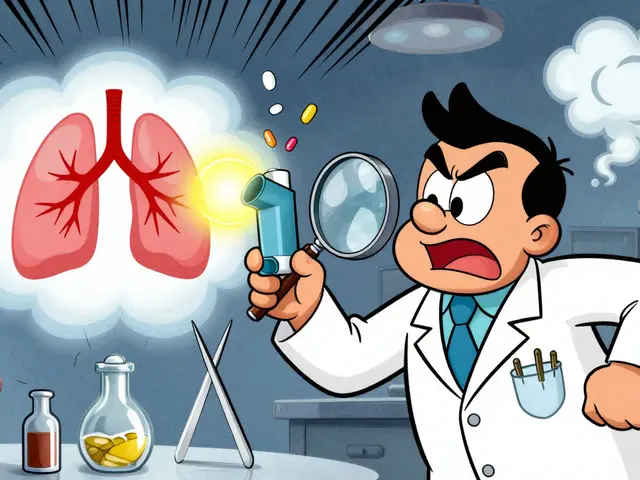Secondary cancer risk: what patients should know
Secondary cancer risk means the chance of getting a new cancer caused by earlier cancer treatment or shared risk factors. It’s not the original tumor coming back; it’s a separate cancer that can appear months or years later. Knowing what raises that risk and what you can do about it helps you stay in control.
Chemotherapy drugs like alkylating agents (for example cyclophosphamide) and topoisomerase II inhibitors (for example etoposide) have been linked with therapy-related blood cancers. Those usually show up within a few years after treatment. Radiation therapy raises the risk of solid tumors in the treated area, often many years later. Age at treatment, dose, and combined therapies change the odds.
How big is the risk?
For most people the extra risk is small — often a few percent — but it varies. Higher doses, longer exposures, and younger age at treatment increase the chance. Personal factors matter too: smoking, obesity, alcohol, infections like HPV or hepatitis, and inherited gene changes can raise your overall cancer risk. That’s why doctors weigh immediate benefit versus long-term risk when planning treatment.
Practical steps to lower your risk
Talk with your oncology team about specific risks tied to your plan. Ask for a written treatment summary that lists drugs, doses, and radiation fields — this helps future doctors. Stop smoking and limit alcohol; both reduce many cancer risks. Stay active and aim for a healthy weight. Get recommended vaccines (HPV, hepatitis B) and follow screening guidelines. If you had chest radiation before age 30, discuss earlier breast screening; if you received pelvic radiation, ask about fertility, bowel, and bladder surveillance.
Consider genetic counseling if you or your family have multiple cancers or early-onset cancers. If your treatment includes agents known to raise leukemia risk, ask about blood count monitoring and signs to watch for, such as unexplained bruising, fatigue, or persistent fevers. Early detection often improves outcomes.
When possible, treatment teams use newer approaches to reduce long-term harm: lower radiation doses, targeted therapies, and protective measures during chemo. But sometimes the best immediate option still carries some future risk — that trade-off should be discussed openly.
Keep records, attend long-term follow-up, and report new symptoms early. Secondary cancers are uncommon but real, and many are detectable or manageable if caught early. Being proactive — asking questions, making healthy choices, and keeping regular checkups — gives you the best chance to limit risk and catch problems early.
Protect your skin and avoid excessive sun after radiation that involved the head, neck, or chest. Use SPF 30+, wear hats, and avoid tanning beds.
Join a survivorship program or patient registry when available. These programs track late effects, offer screening schedules, and connect you with supportive care like nutrition advice, exercise programs, and counseling. Sharing your treatment history helps researchers improve future care.
Ask your team about survivorship care plans and how often you should get checkups. Small steps now save worry later. Keep asking questions. Always.




